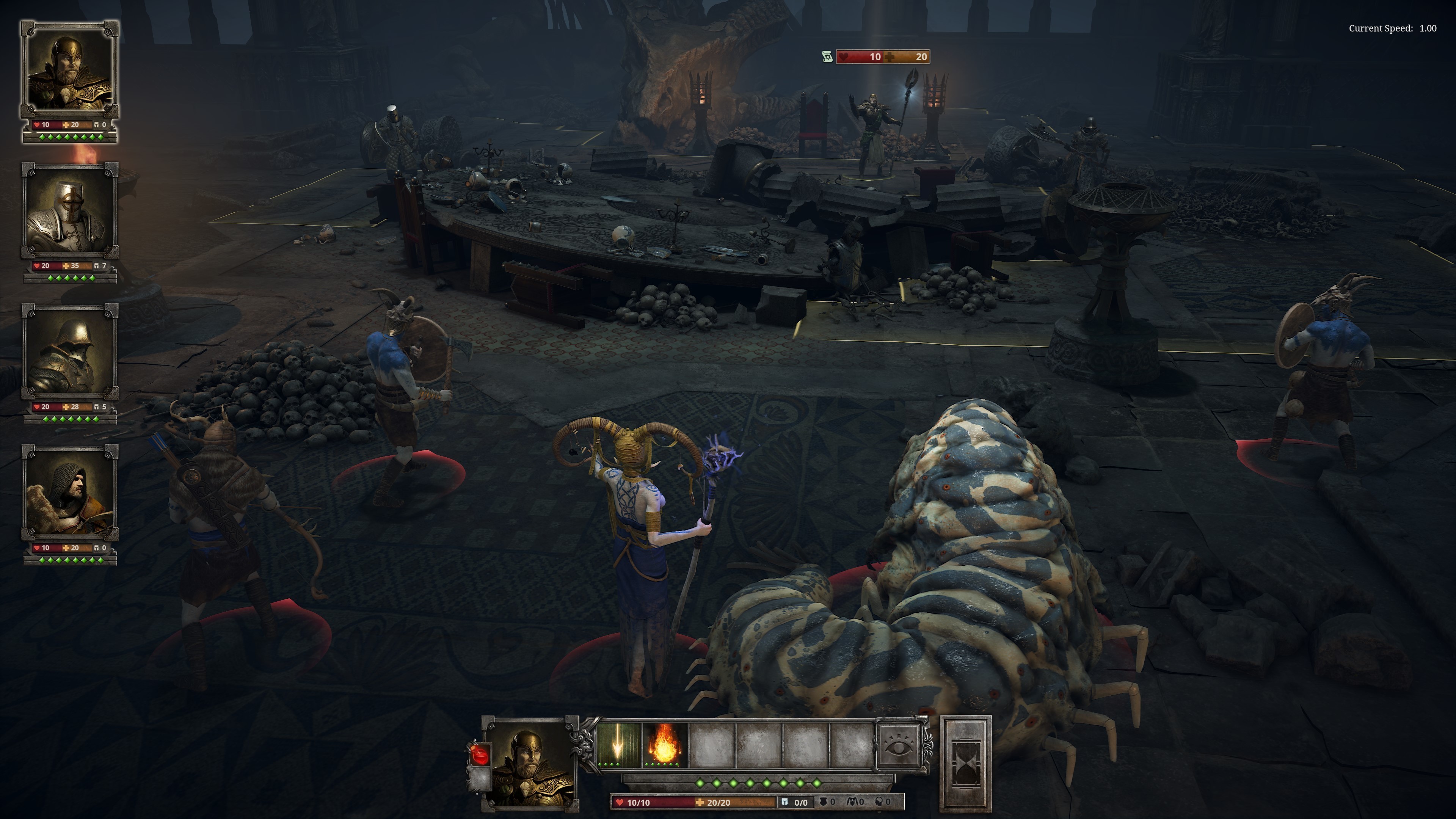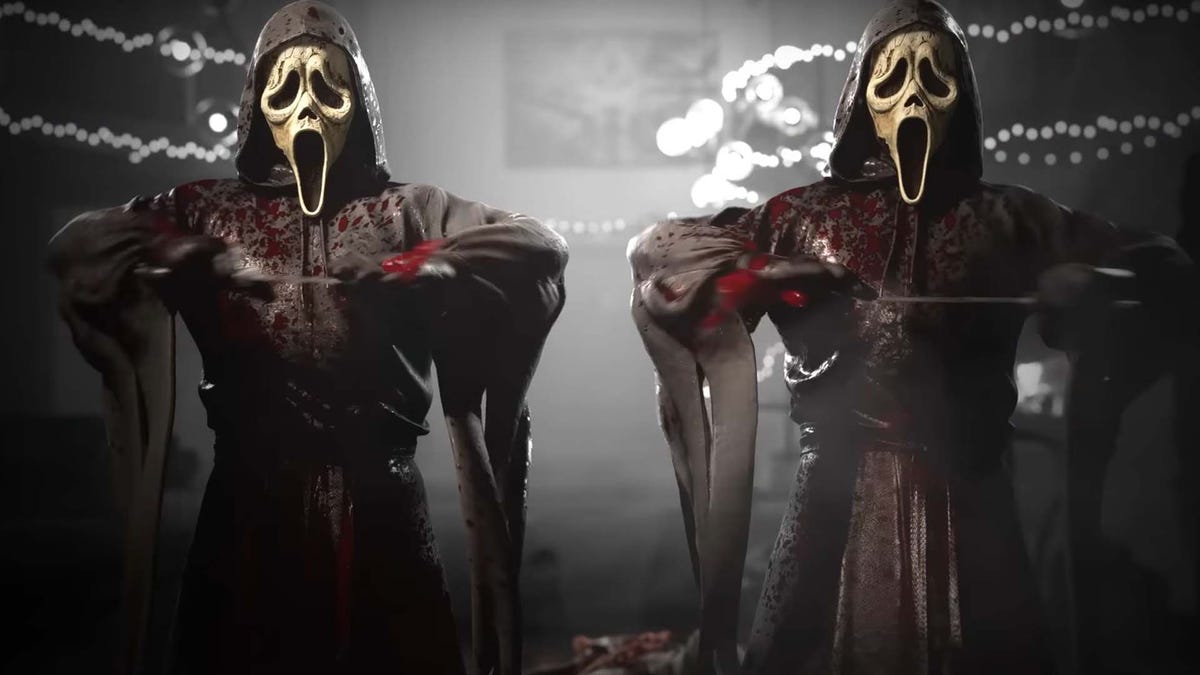Last year I checked out King Arthur: Knight’s Tale as soon as it went into Early Access. I had the opportunity to play some of the beginnings and see how their tactical RPG systems were designed, as well as explore this dark and macabre take on the Arthurian legend. In general, I had seen potential, although at the time, as is so often the case with Early Access titles, there was still a lot to polish. But almost a year has passed and the game, after a series of delays, has finally left Early Access and received its release with version 1.0, which is why I re-entered its dark world to see how the NeocoreGames title has evolved .
In general, version 1.0 brings a good handful of new content to the table, continuing the story we only partially saw during Early Access. The action takes place after the end of an epic war for the heart of the Avalon lands; a war in which we don’t actively participate, but which is told to us at the beginning through a long and unbelievable cinematic sequence. In the course of the battle, the noble King Arthur is slain by his rival, the knight Sir Mordred, the same who led a fearsome army of savages against the Knights of the Round Table and the fortress of Camelot. The meeting between Mordred and Arthur ends with the deaths of both knights at the hands of the other, and the story continues from there. The Lady of the Lake, ruler of Avalon, tries to revive Arthur so he can bring peace to the land, but the resurrection doesn’t go as expected and Arthur becomes a ruthless being, consumed by the evil that brought him back. In an attempt to right her mistake, the Lady seeks a new and unlikely hero, Mordred, who, having been brought back to life, is entrusted with the task that was taken from him: kill Arthur, or whatever it is he has worked to convert the once honorable lord.
History follows this line, and anyone interested in mythology or Arthurian legends will immediately identify with it. It’s very entertaining and tells the legend from a much darker and darker perspective, enriched by the fantastic cinematics that characterize the game. Being a tactical RPG, the story isn’t entirely linear, as different paths open up depending on the type of moral values you want to guide for your version of Mordred.
Advertising:
They can be cruel and ruthless – like the original Mordred before he died – and create a Camelot and Round Table to reflect this, recruit knights known for their brutality, and rule Avalon with an iron fist. Or maybe he’ll change his mind and create a Mordred that demonstrates the impeccable integrity and pure morality King Arthur displayed before his death. The choice is really yours, and you’ll get to see those values materialize as you make choices throughout the story and have more ways to interact with the world.
As for the characters, the story revolves around Mordred mostly, but it’s also possible to embody many of the knights and characters you recruit for your Round Table. Optionally, they act as the leader of your team on a mission while Mordred rests in Camelot, or you send them on missions to complete passively while you focus your efforts on other missions elsewhere. You can also level up each character at your Round Table to gain new abilities, and equip them with items you find in chests or items you’ve purchased to make them better fighters. Adding to this level of interaction is the improvement of Camelot itself, the construction and renovation of buildings that can be of use to your characters: from creating a training area so they can level up when not on a quest, to building a hospice to treat those seriously hurt.
Advertising:
All of these aspects make the title very entertaining and immersive, and you will become obsessed with the idea of rebuilding Camelot and creating a Round Table composed of the strongest and most skilled warriors and leaders in the land. But ultimately this is only part of the game and its system is mostly based on the turn-based strategy used in the missions.
The strategic aspect of the game system is pretty simple. The design of the real-time strategy is clear and not very complex, so most of the time you will think about how to position yourself, since the attacks are usually associated with simple melee or ranged attacks. At least until you have a relatively high-level character with a wider range of skills at your disposal. For someone unfamiliar with real-time strategy games, this aspect is very appealing as it makes King Arthur: Knight’s Tale a lot less difficult; However, those who have previous experience with this type of title will find it too easy.
It’s the kind of title that’s entertaining at the moment but could become something extraordinary if it were an isometric RPG like Diablo or more recently WolfEye Studios’ Weird West, since the universe, storyline and world that Neocore offers us are truly brilliant and would only win with more immersive gameplay.
Advertising:
Although this does not change the fact that today King Arthur: Knight’s Tale is an engrossing title that mixes outstanding and impressive aspects with other facets of the game system and decision-making that can become a bit sluggish over time. . While that’s not the only reason to play it, if you like Arthurian mythology or are a fan of medieval fantasy, I urge you to check out the cinematics anyway, as they’re some of the most entertaining I’ve come across lately are .















